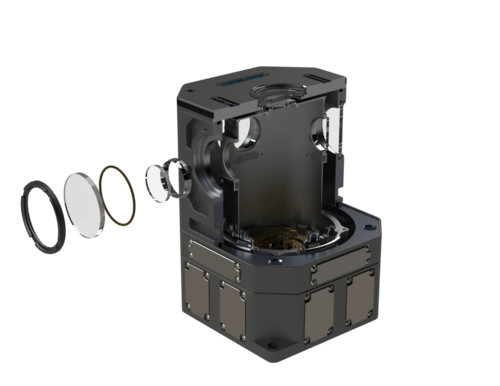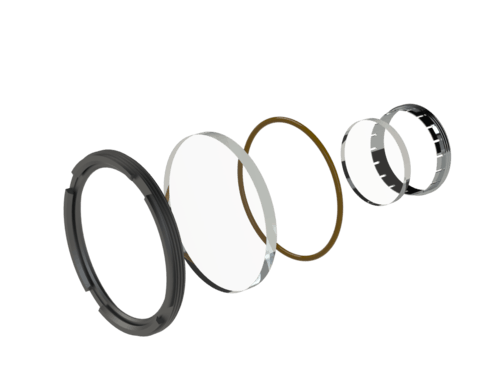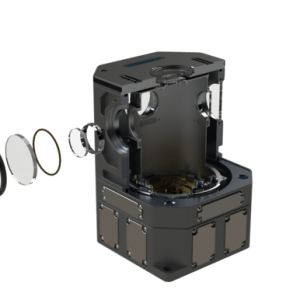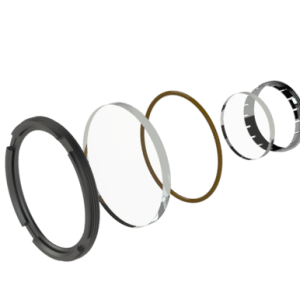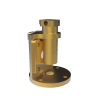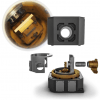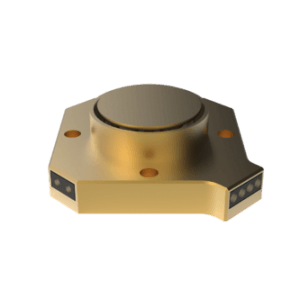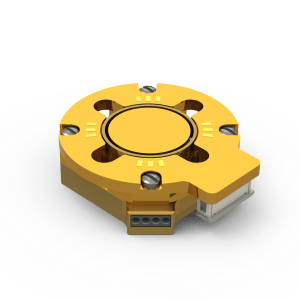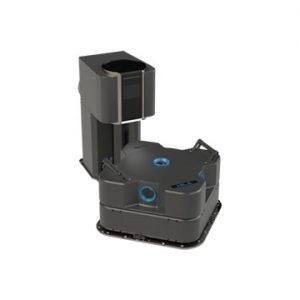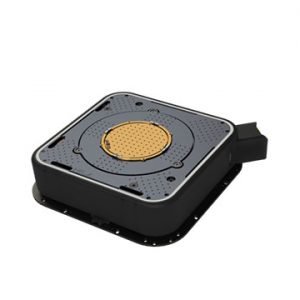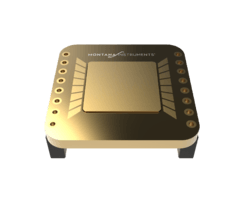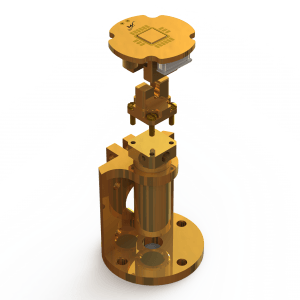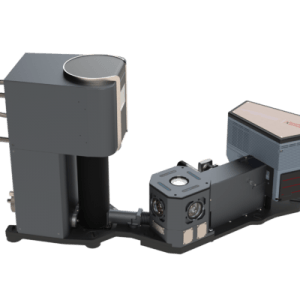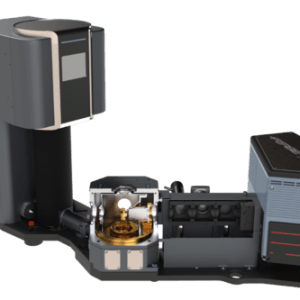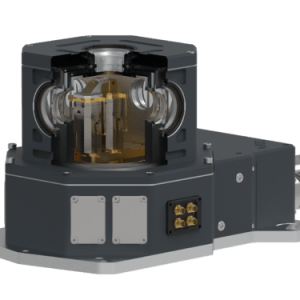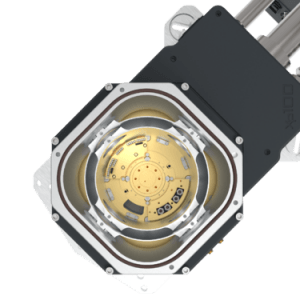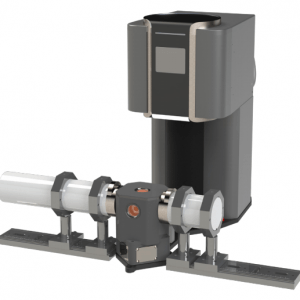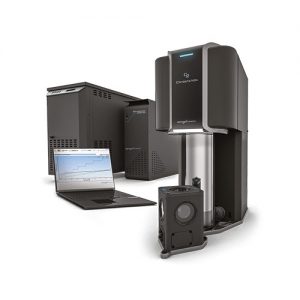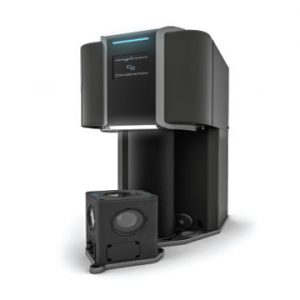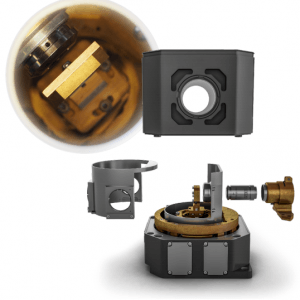The size of and number of optical windows is determined by the outer housing configuration – please refer to your system specifications for window sizing and quantities. Check out our How to Guide on Removing and Replacing Windows and our Window Buyers Guide for more information on changing out your windows.
| Window Substrate | Wavelength | Application Notes |
|---|---|---|
|
400 – 1000nm
|
Standard windows
|
|
|
200 – 2000nm
|
||
|
350nm – 2µm
|
||
|
300nm – 4µm
|
Birefringent! | |
|
200nm – 8µm
|
||
|
250nm – 26µm
|
Hygroscopic | |
|
Germanium (Ge)
|
3 – 12µm
|
|
|
1.2 – 7µm
|
||
|
Sodium Chloride (NaCl)
|
300nm – 10µm
|
Water-soluble! |
|
Zinc Selenide (ZnSe) uncoated
|
0.7 – 20µm
|
Only 70% transmission |
|
3 – 12µm
|
Only 95% transmission | |
|
80µm – 2mm
|
for THz work, 80% transmission | |
|
100µm – 1mm
|
for THz work, 55% transmission | |
|
100µm – 1mm
|
for THz work, minimal birefringence | |
| Spectrosil 2000 | 190 – 2000nm | deep UV, fluorescence |
| BaF2 | 3 – 5µm | ultraviolet transmission |
| for X-Ray work | ||
| Other | user specified |
Not all windows are available in all sizes. Typical sizes required are 50mm, 30mm, and 20mm. The low working distance option has a very thin window and can be coated fused silica, BK7, or sapphire.
Fused Silica (Uncoated/Coated)
Made from UV-grade synthetic fused silica. Applications include laser set-ups (i.e. at Brewster’s angle), emitter/detector protection devices (such as in spectrophotometers), and imaging systems involving ultraviolet wavelengths. These windows are typically used for both the inner and outer windows of the sample chamber unless specified otherwise. Figure 1 below is a transmission curve for the uncoated substrate. This standard substrate is available with various anti-reflection coatings. These coatings reduce the surface losses at these wavelengths. The curves in Figure 2 indicate the coated surface losses. You can estimate transmission by doubling these curves and subtracting from 100%. Outside these bands, the transmission of a coated surface is not predictable.
FILES

